NYLC Panel: Is There Room for Both Historic Preservation & New Development in NYC?
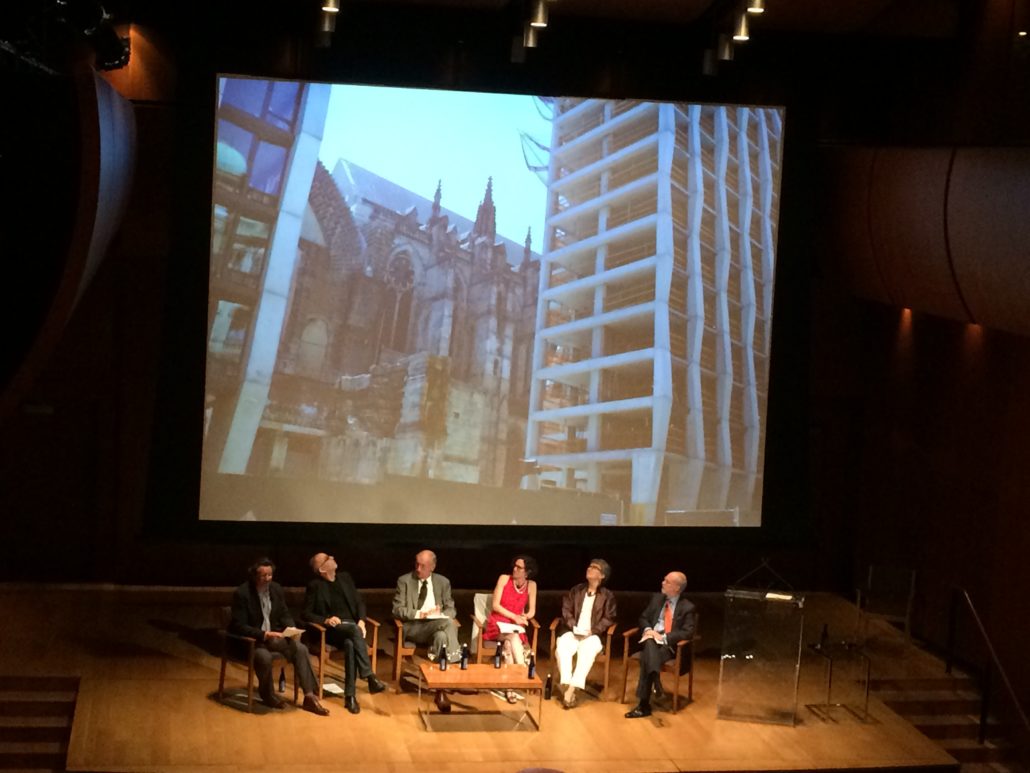
NYLC Panel at The Morgan Library & Museum, May 27, 2015.
Ruth Osborne
The New York Landmarks Conservancy recently hosted a panel with a title that posed the question:
“Preservation and Development: Is there room in this town for both?”
The discussion that followed was informative about the current opinions towards the importance of historic preservation and the hope to strike an understanding balance with new development in New York, the city that served as a birthplace of sorts of the modern preservation movement.
The NYLC, which has been instrumental in providing support for researching and designating landmarks in the city since 1973, gathered the following members of both the preservation and development “camp” for the discussion:
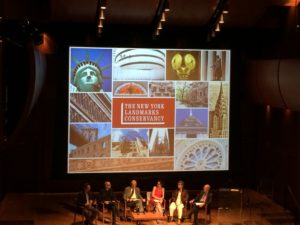 Morris Adjmi, Founder & Principal, Morris Adjmi Architects
Morris Adjmi, Founder & Principal, Morris Adjmi Architects
Richard Anderson, President, The New York Building Congress
Ingrid Gould Ellen, Director, Furman Center for Land Use and Urban Policy, New York University
Roberta Gratz, Writer and Preservationist
Michael Sillerman, Land Use Attorney, Kramer Levin
The evening began by the moderator acknowledging at the outset the growing anxiety in New York City over historic preservation in the midst of rapid new development, despite the Landmarks Law celebrating 50 years of preserving history in the city this year. Why has anxiety over the destruction of the city’s history continued to be such an anxiety-inducing topic?
One reason could be that, with New York City experiencing an all-time high in its population (nearly 8.5 million as of 2014), and with the greatest volume of construction in its history, we are seeing developers feeling threatened by any measure of historic preservation or districts designation. As Ms. Gould pointed out, matter-of-factly, this sense of limited space is simply because we are in a city and cities have boundaries. There is going to have to be a limit to the development that occurs; Manhattan is an island. But what exactly is the point that threatened developers are making and that prevents the preservation of historic and culturally significant areas of our city?
Developers insist that historic preservation limits affordable housing opportunities for low-income families and seniors. But, as an audience member pointed out, only a small fraction – 20% – is portioned out for “affordable” housing. The rest goes to luxury housing, oftentimes to foreign buyers who are either gone most of the year or who have legally-questionable reputations. Then there is the “poor door” – the door through which residents of the affordable units are permitted to enter. Is this new development truly beneficial for New Yorkers? Are they the ones who are able to have a say in how their city grows? Or will they be allowed to speak out for what they want for their own neighborhoods instead of being walked over by outside developers?
The panel discussion made it clear that historic landmarking and district designation have not had a negative impact on the availability of affordable housing – in fact, it is new development that has. A member of the audience brought up the fact that, in neighborhoods with a proliferation of new high rises, the prices of pre-existing housing raise dramatically, thus forcing out old residents for which housing is no longer affordable. This is contrary to the point of developers that historic designation and contextual zoning of neighborhoods gets in the way of the citizen’s interest.
According to Mr. Anderson, an authority on construction and the city’s recent growth, “There is $38 billion of development in the City right now. So, no, historic districts haven’t stopped growth.” Meanwhile, architect Mr. Adjmi scoffed at the supposition that landmark regulations prohibiting new construction. Long-time preservationist Ms. Gratz emphasized that landmarking is not about avoiding change or growth, which is inevitable for a city. Rather, it is about being able to question what kind of change we do want to happen, because those who live here can and should have a say in it. In the past, preservation was feared in poorer neighborhoods because they saw it could bring gentrification. But in actuality, residents of neighborhoods up for designation – such as Crown Heights – sought it for the protection it could bring against the higher rents brought on by new development that would push them out. Ms. Gould reminded the audience that landmarking does not prevent what is appropriately scaled growth in each neighborhood, but rather allows for the historic and artistic context of those neighborhoods and the residents in them to have as much say as a developer does.
Ms. Gould Ellen, an experienced researcher in urban planning and land use, argued that the role of preservation in the debate over affordable housing has been greatly exaggerated. Instead of being unconscionably frightened by preservation and the new responsibilities it brings to home owners in those areas, that is the trade off that comes with it and there are still many benefits it can bring in the interest of maintaining affordable housing in the city. It is less costly, after all, to renovate than to demolish and build anew), so can we save neighborhoods by rebuilding what is already there instead of flattening them with bulldozers? So how do we best accommodate both the city’s growth and appreciate and preserve its history at the same time?
The panel discussion ultimately reached what could be a compromising point – that historic districts and landmark designation should be considered in city planning so that development and preservation are treated hand-in-hand with finding a balanced approach to each as the city continues to grow. But preservation must be considered in such a way that it is respected for the history and culture it seeks to make part of the city’s future, not as an afterthought. These buildings and neighborhoods are part of this city’s character and what it has become today. They represent the many ethnic communities, economic growth periods, and cultural and artistic movements for which New York served as the center. As we enter a sixth decade under Landmarks Law, with developers and preservationists still butting heads, the proof of its impact will be in the small decisions that are made, in the number of citizens who rally for preservation and the contextual growth of our city, in the level of engagement we have with how our city is changing before our very eyes.
Places like the Tenement Museum, Merchant’s House Museum, and Mount Vernon Hotel Museum have taken the piece of history upon which their building stands and have worked for decades to preserve it as best possible for interaction with the modern public. In their efforts, these small but vital institutions are able to relate to residents and visitors today crucial stories about the development of New York that have impacted the character of this city and the rest of the country. Can you imagine New York without its history? Without the visual and visceral links to the people and industries that were an integral part of its growth throughout the centuries? We certainly cannot.


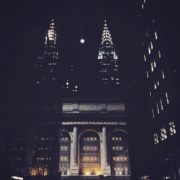

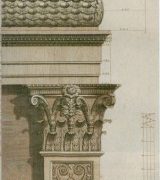
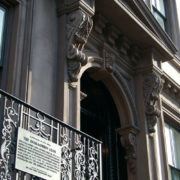
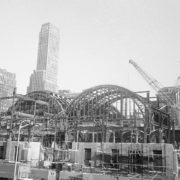




Leave a Reply
Want to join the discussion?Feel free to contribute!